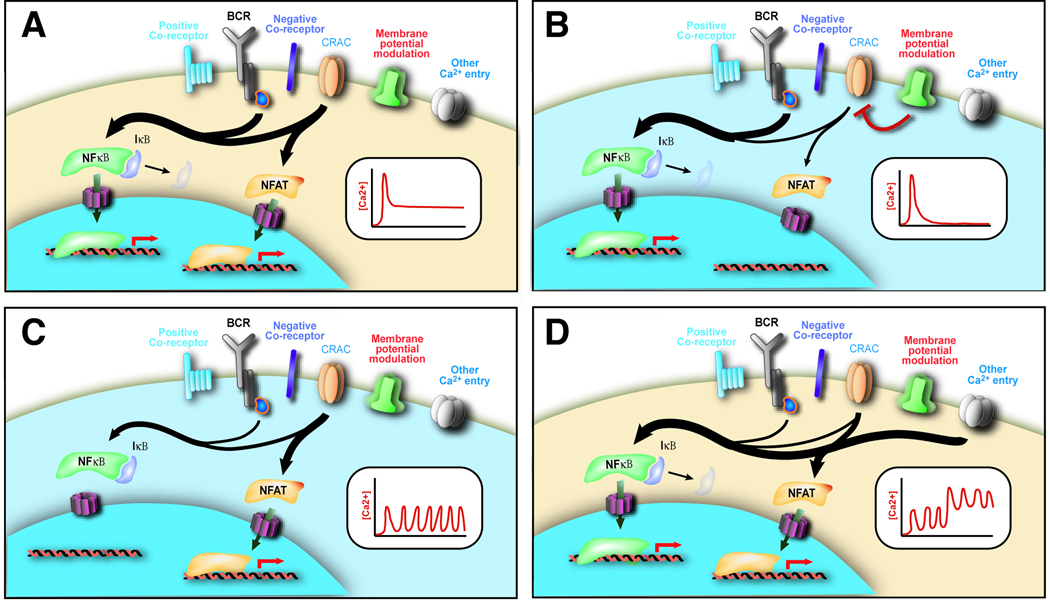Figure 6. Potential mechanisms for Ca2+-dependent modulation of B-cell fate determination.
Based on present models for Ca2+-dependent regulation of transcription factors such as Nuclear Factor of Activated T-cells (NFAT) and Nuclear Factor kb (NF-κB), membrane potential modulation and direct Ca2+ entry through non-SOCE pathways are predicted to have the capacity to significantly alter B-cell-fate choice.
A: Strong B-cell receptor (BCR) activation fully activates both NF-κB (through inhibitor of kb (IκB) degradation) and NFAT (through calcineurin phosphatase activation) pathways.
B: Modulation of membrane potential attenuates late Ca2+ entry, selectively influencing NFAT activation.
C: A weak but sustained BCR activation signal activates only the NFAT pathway.
D: Late activation of a direct Ca2+ entry pathway restores NF-κB pathway activation despite a weak BCR activation signal.

